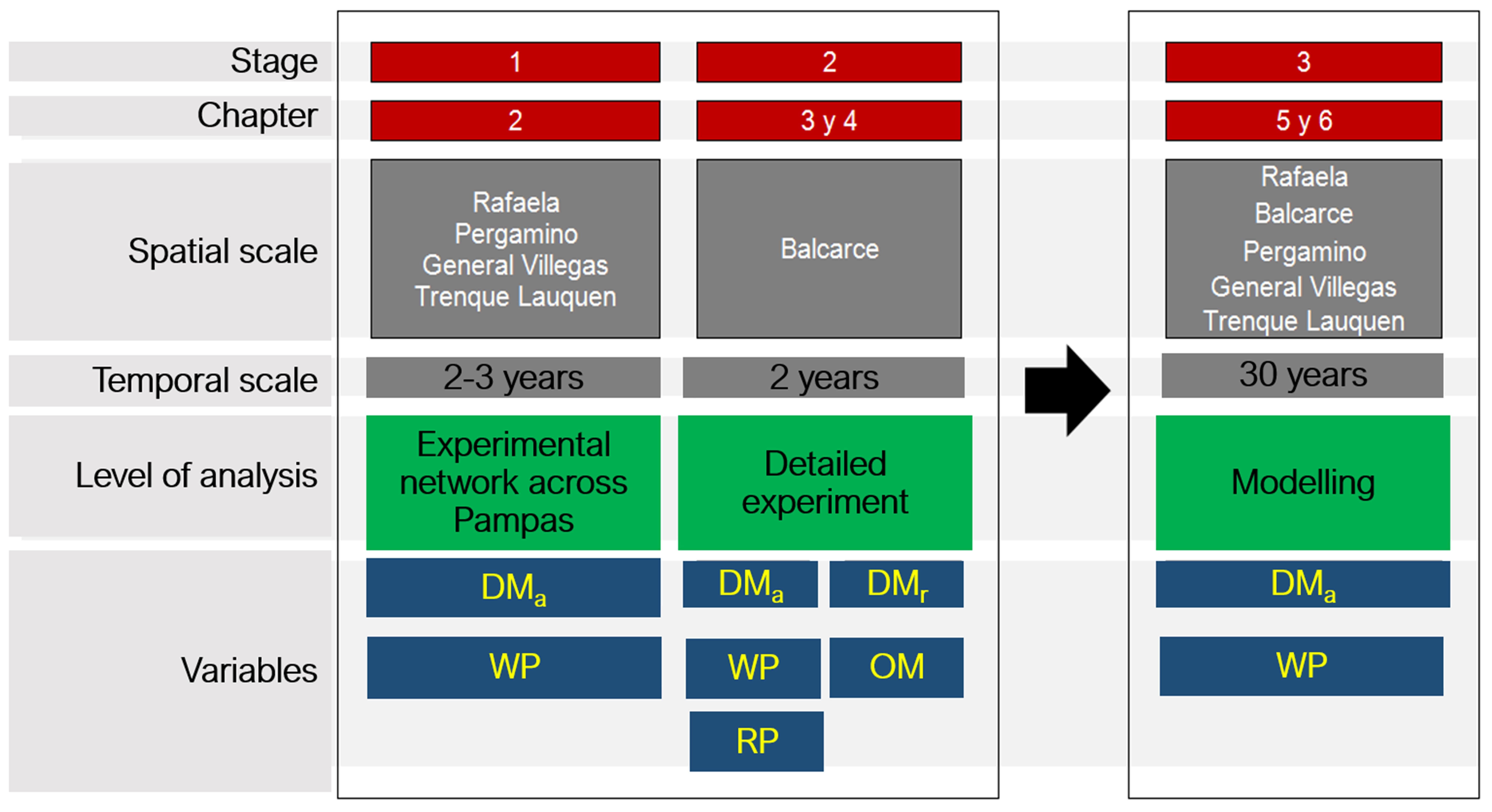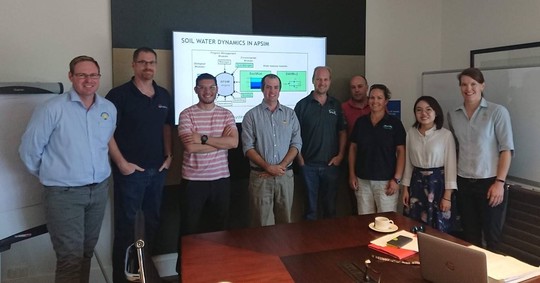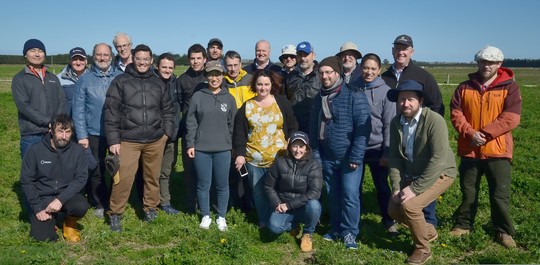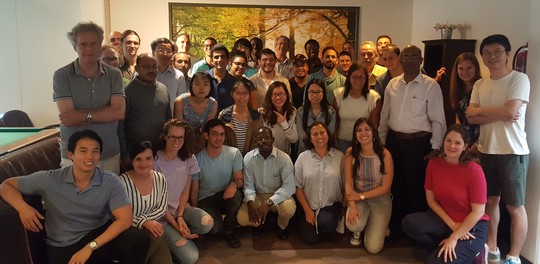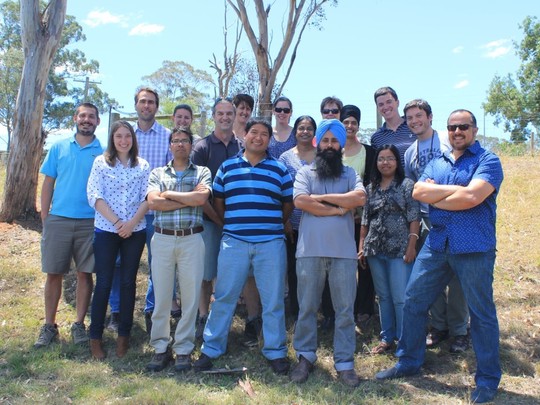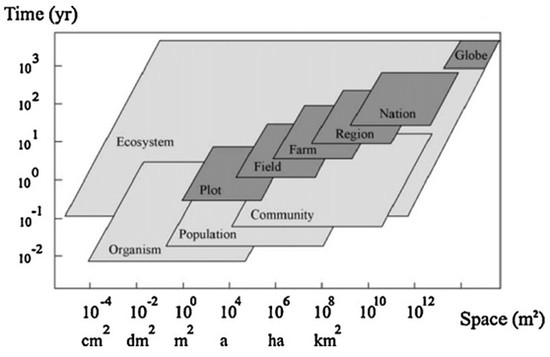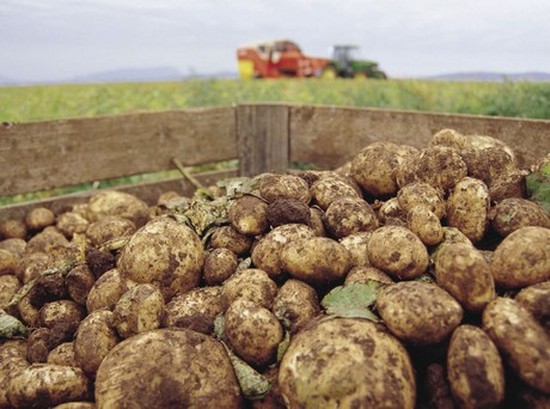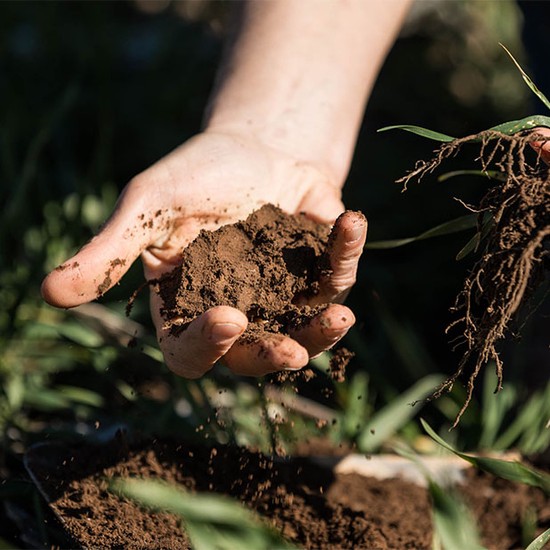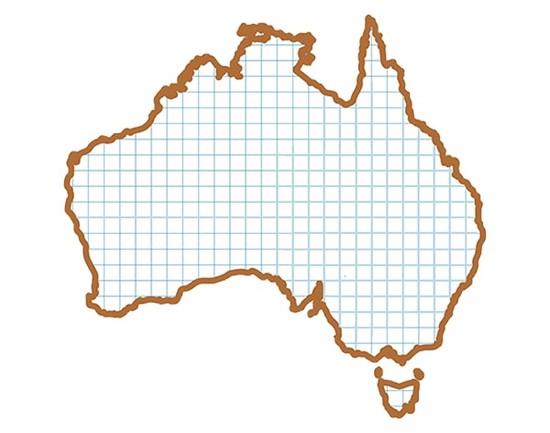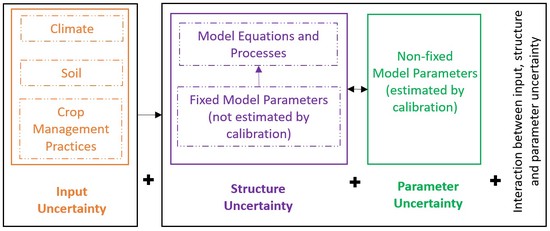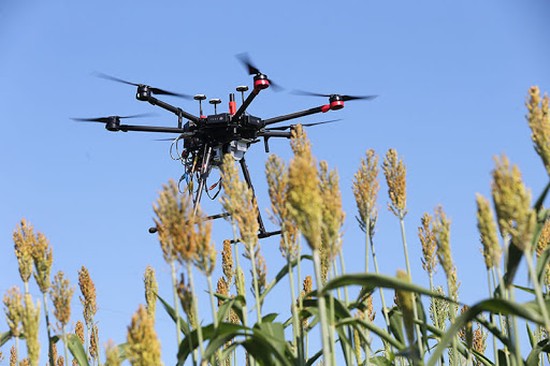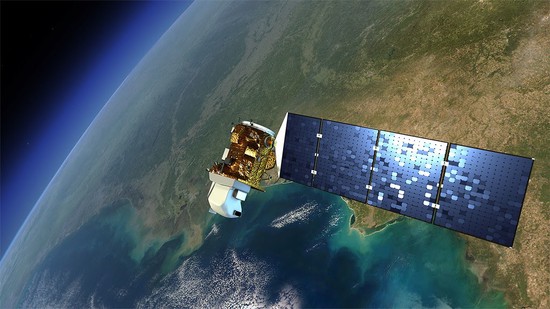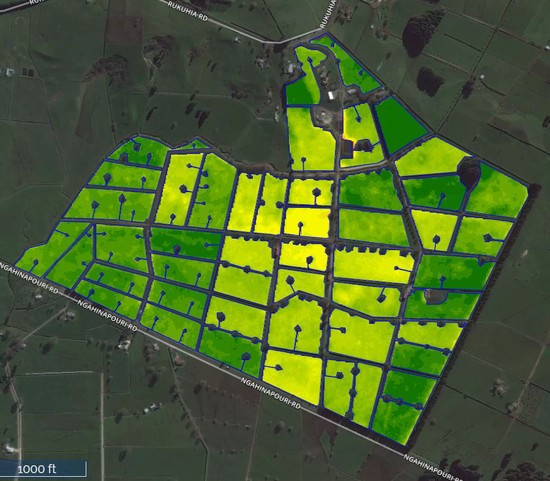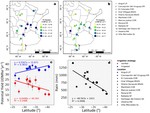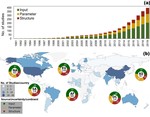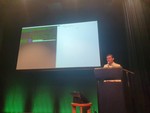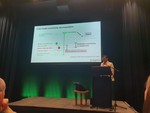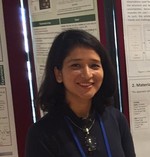Jonathan Ojeda (Jony)
Crop Ecophysiologist - Cropping Systems Modeller - Data Scientist
[email protected]
Bio
I apply data analytics, statistics and programming to understand the crop ecophysiology behind crop models and remote sensing algorithms to improve crop production and reduce environmental impacts. My interests are in quantifying the effects of crop management, genetics and climate variability on soil-crop processes and integrating data into mechanistic models at different spatio-temporal scales. I have a passionate interest in disentangling sources of uncertainties/variability to better predict crop growth, both yield and quality and environmental indicators. This requires a broad understanding of how the environment and genetics influences crop growth/development; how rainfall, irrigation, and fertilizer influence soil conditions; how crops obtain water/nutrients from the soil; how soil processes contribute to the loss of C, N; and how all these processes interact.
Over 15 years of experience managing large soil-crop-climate datasets (6+ years using Python) and 10+ years developing the Agricultural Production Systems sIMulator ( APSIM) applying data pipelining and optimization towards solving large-scale real farm problems. I collected (field experimental trials) and analysed data including >18 crop species (annual, perennials). I have more than 40 published articles [ 18 in high-impact journals (12 as first author)]. I received 18 research grants (70% as chief investigator) with a cash value of ~AUD8.26M. I am currently mentoring 5 PhD students in collaboration with international researchers and has previously supervised 5 Honours students to completion.
My previos role at Regrow Ag focused on developing digital solutions by linking geospatial data (crop, management, environment and genetics), models, sensors, and scientific knowledge to make decision support tools more efficient and world-wide applicable. I am leading the Niche project funded by B&M Gates Foundation which focuses on the analysis of GxExM in Sub-Saharan Africa. I work with data scientists, software developers and engineers to develop models/algorithms linking remote sensing data with crop/soil mechanistic models to predict crop phenology/yield, soil water, N and C dynamics in a broad range of agricultural systems. I work with multi-cultural and multi-disciplinary teams (Academia and Industry) and have experience working in 6 countries (Argentina, Australia, New Zealand, United States, The Netherlands and Germany). My experience worldwide in the public and private sectors testify to my readiness and capacity to work with teams across different locations whilst creating long standing and productive relationships.
I also hold two academic positions as Adjunct Senior Research Fellow at the Centre for Sustainable Agricultural Systems (University of Southern Queensland) and Adjunct Researcher at the Tasmanian Institute of Agriculture (University of Tasmania) in Australia.
Interests
- Crop modelling uncertainty quantification
- Model up-scaling
- Decision support tools development
- Environmental data analysis
- Climate change and sustainability assessments
- Data analysis automation
Education
PhD in Agricultural Sciences, 2017
National University of Mar del Plata, Argentina
Agricultural Engineer, 2011
National University of Entre Ríos, Argentina
